Many years ago, visitors to the special national monument At the Temple of Literature - Quoc Tu Giam ( Hanoi ), souvenir stalls are often filled with toys of unknown origin, colorful, flashing lights, even products with violent elements, while lacking products typical of Vietnamese culture and people.
“Although these products are still selling well and there are still many buyers, in a heritage space, this situation cannot last. Therefore, we have oriented that souvenir products at the Temple of Literature - Quoc Tu Giam must meet four factors: Associated with cultural values, originating from Hanoi's craft villages, produced from environmentally friendly materials and applicable so that they can not only be viewed but also used regularly,” said Dr. Le Xuan Kieu, Director of the Center for Scientific and Cultural Activities of the Temple of Literature - Quoc Tu Giam.
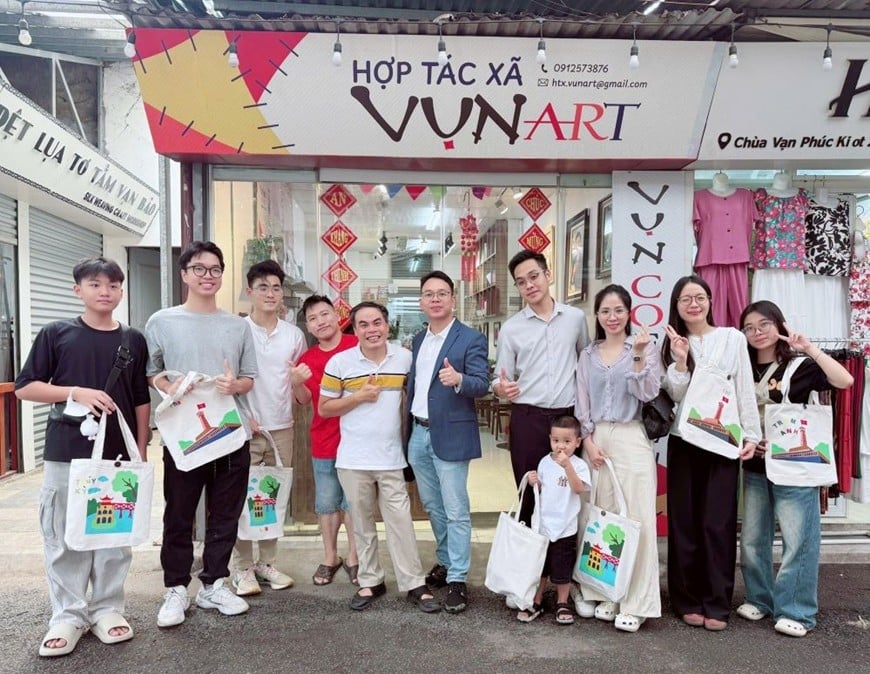
From this concept of value positioning, more than 70 products such as notebooks, shirts, scarves, hats, ties... associated with the Temple of Literature - Quoc Tu Giam were created thanks to the combination of creative designers and production teams from famous craft villages of Hanoi such as: Van Phuc silk, Bat Trang ceramics, Ha Thai lacquerware, Phu Vinh rattan and bamboo weaving...
Creating based on traditional heritage materials is the direction that many young faces choose and have achieved success in many fields, from traditional crafts to performing arts, such as: "Vietnamese Painting" by Trinh Thu Trang, "Tu Thi Hand Embroidery" by Bui Thi Mai Lan, "Zo Project" by Tran Hong Nhung, "Tired City" by Nguyen Viet Nam, "Y Van Hien" by Nguyen Duc Loc, Vun Art Cooperative, "Len Ngan" by Nguyen Quoc Hoang Anh, "Bac Bling" by Hoa Minzy and Tuan Cry... or currently "famous" is singer Phuong My Chi at the contest "Sing! Asia" with youthful, modern songs but still imbued with Vietnamese folk colors.
These creative artists and designers have told the story of heritage in the creative language of the times. According to Ms. Bui Thi Huong Thuy, Deputy Head of the Heritage Management Department, Hanoi Department of Culture and Sports, developing the cultural industry in the field of heritage has many potentials and advantages. Maximizing traditional identity to turn heritage into creative cultural products with high applicability will contribute to creating great economic benefits, while affirming the value of Vietnamese culture to international friends.
The treasure trove of heritage materials is immense, but to put a heritage coat on consumer products is not an easy thing. Currently, the connection between artisans - the production force in craft villages, with designers - the creative team and investors, businesses to ensure "output" for products is still fragmented, lacking and weak.
Ms. Tran Tuyet Lan, Director of Craft Link Social Enterprise Joint Stock Company - a brand that has been working with ethnic minority groups, disabled groups and craft villages for more than two decades to help them generate income and develop sustainably from traditional cultural products, shared: “After the first project that Craft Link implemented, we realized that it would be difficult to preserve traditions if the products made did not bring a guaranteed income to the villagers. Artisans and the community need a stable income. Therefore, the most important thing is how to finally bring cultural products to the market, bringing income to producers and artisans. This is a vital factor, a driving force to preserve and promote the value of heritage".
Currently, many craft villages are facing a big problem: young people are gradually moving away from traditional crafts, and mainly only older people are still passionate about preserving the craft. How to help older artisans preserve and pass on traditional crafts to the next generation is very important. When the connection between the "3 houses" - producers, designers, investors - is tighter and smoother, it will create quality cultural products, thereby ensuring income so that artisans can continue to maintain traditional crafts and preserve them for future generations.
With the desire to promote and encourage young people to exploit heritage materials as a source of creative inspiration, TUVA Communication is currently organizing the creative contest "Following the footsteps of community heritage" on the website disanketnoi.vn. The contest is part of the Connected Heritage project - Digital Heritage Collection, initiated by the British Council and coordinated by TUVA Communication, to create opportunities for the community to directly contribute and benefit from the preservation of cultural heritage.
Source: https://baolangson.vn/khoac-tam-ao-di-san-cho-san-pham-tieu-dung-5055179.html


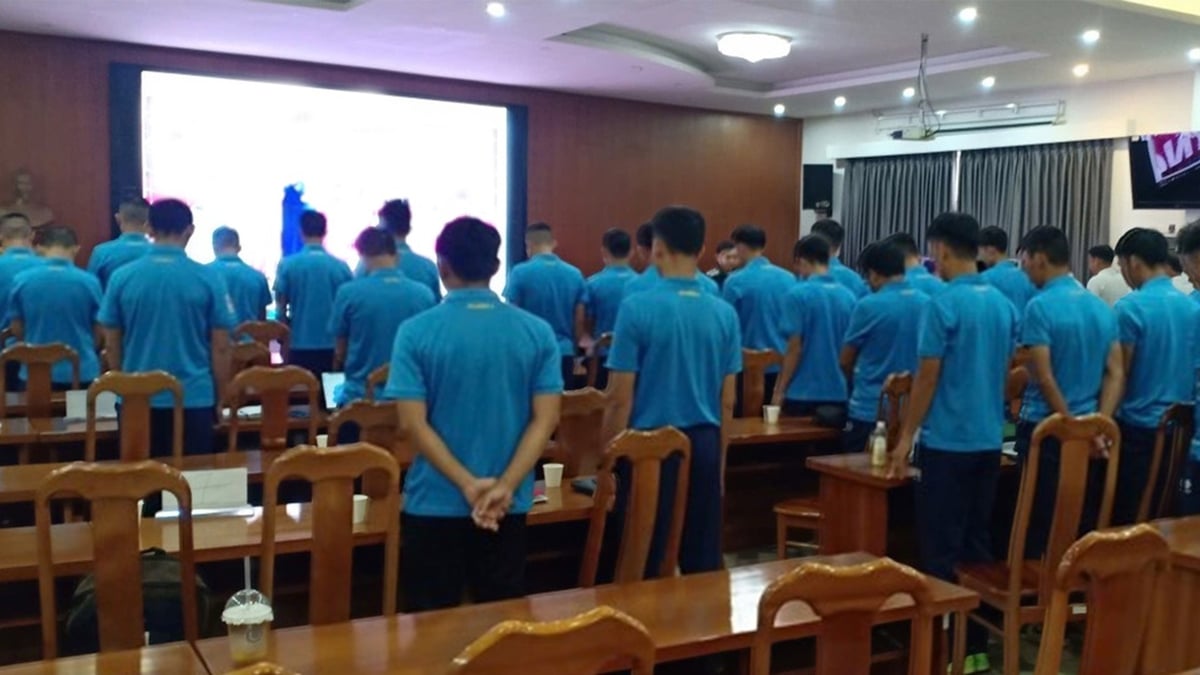
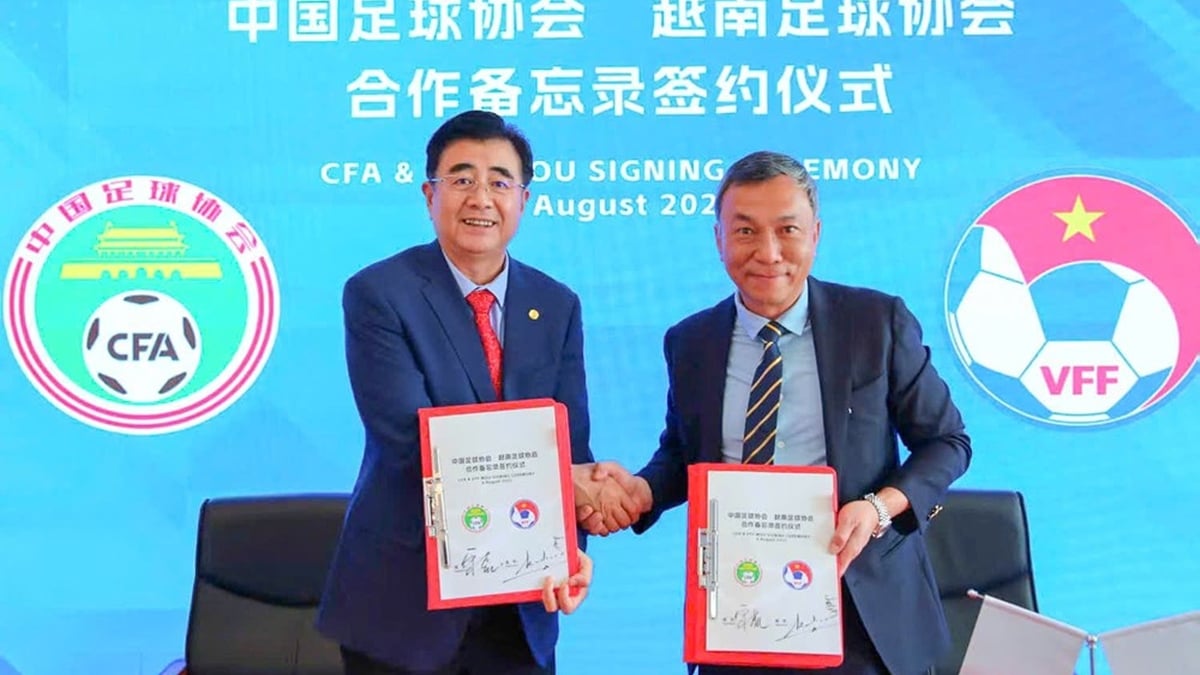


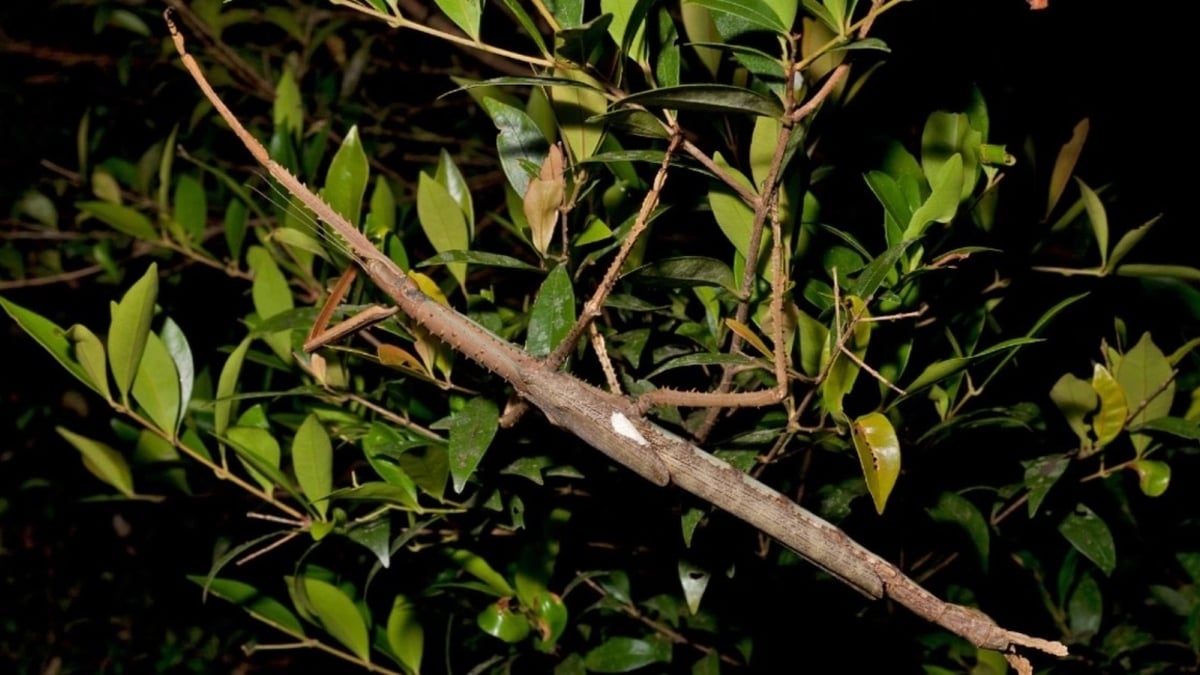
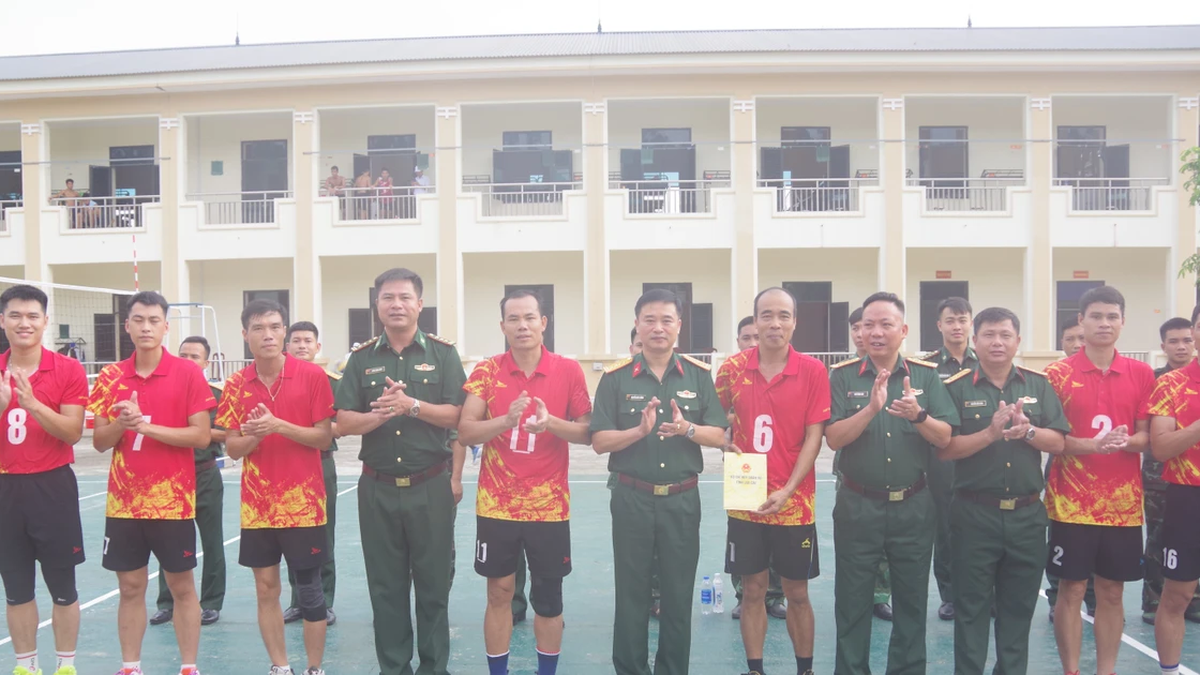
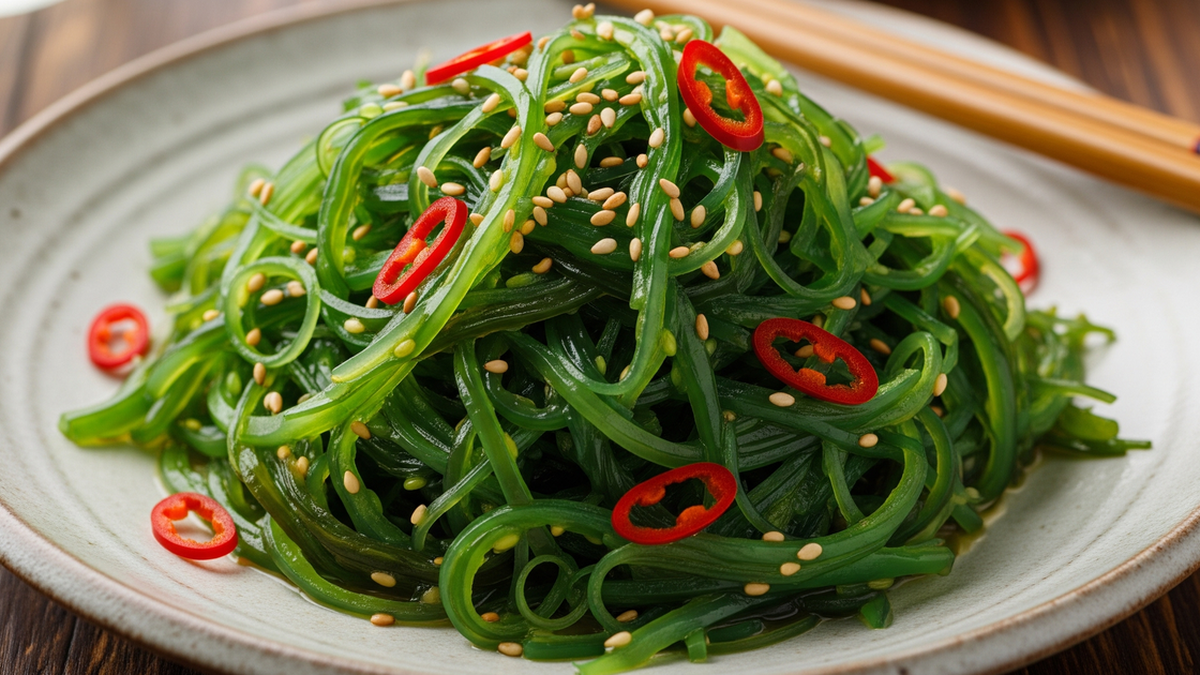

















![[Photo] Nghe An: Provincial Road 543D seriously eroded due to floods](https://vphoto.vietnam.vn/thumb/1200x675/vietnam/resource/IMAGE/2025/8/5/5759d3837c26428799f6d929fa274493)



























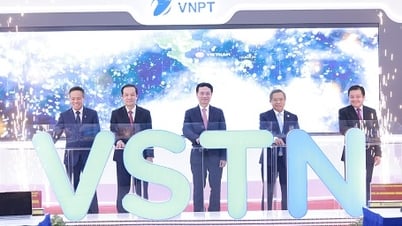

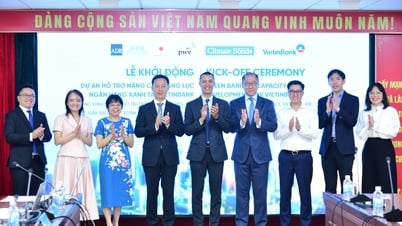


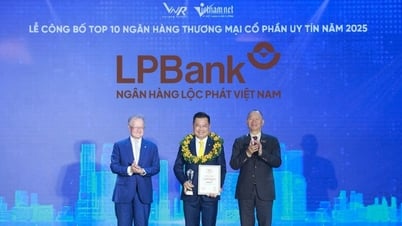


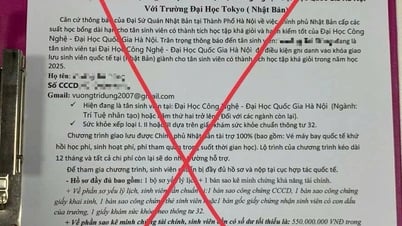


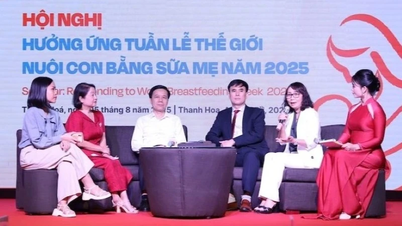





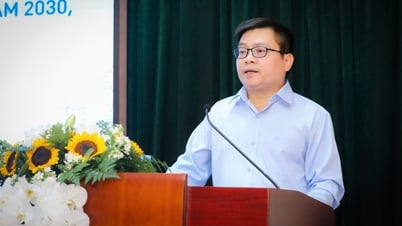




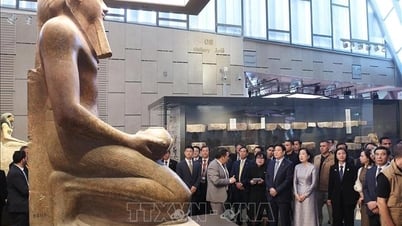






















Comment (0)